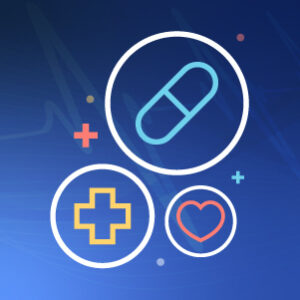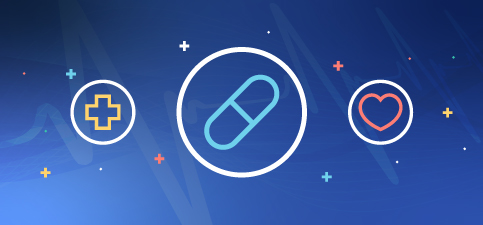The past few years have brought major challenges to the healthcare industry, which has illuminated the need for investment in technology. Specifically, data infrastructure to aid in preventative government intervention within the ever-growing opioid epidemic. This consists of data tracking potential populations that are most likely to develop opioid addiction through hospital records and social determinants. To achieve preventative intervention, the healthcare industry must invest in Artificial Intelligence (AI) and Machine Learning (ML) which can provide information about the process of shipment, distribution, and eventually inappropriate prescribing or drug diversion incidents.
 Resources to Invest in AI and Machine Learning Healthcare Solutions
Resources to Invest in AI and Machine Learning Healthcare Solutions
Right now, there are many mobile apps used in the healthcare industry designed to aid in opioid dose conversion; however, despite the availability of the technology there has been little done to address opioid-use disorder (OUD) in mobile health. Recently, the Substance Abuse and Mental Health Services Administration (SAMHSA) released the State Opioid Response Grant program to aid in opioid use disorder prevention, treatment, and recovery services.[1] The grant provides state resources to invest in data tracking technology which identifies program performance across demographic groups and states. Data is invaluable in an effort to improve the outcome for clients and avoiding opioid-related deaths.
Technologies for Opioid Use Disorder Management
AI/ML are at the center of preventative efforts in the fight against the opioid epidemic. As hospitals, government agencies, and individuals input more data, computers are able to improve their algorithm autonomously in order to determine timing of intervention, inhibit drug craving and relapse, detect opioid intake, and classify pre- and post-opioid health conditions.
Opioid Management: Population and the Individual
Data tracking has the ability to intervene at a large scale as well as an individual level. AI/ML can give an overall snapshot of opioid treatment programs and how they are performing through studying outcomes across states and demographic groups. These insights can help SAMHSA detect ways to improve program effectiveness and change the way medical professionals approach the opioid epidemic, as well as patients. Machine Learning can be utilized in mobile health and wearable sensors to anticipate areas for intervention and withdrawal management to measure:
- Client characteristics
- General and mental health at intake and six month follow-up
- Stress episodes
- Skin temperature
- Heart acceleration
- Opioid usage patterns
This data collection is particularly important for addressing minority population needs and states with “anti-drug checking laws” as preventative action can deter opioid-related deaths where physical drug testing is not readily available. Medical organizations are also using prescription drug monitoring programs (PDMP) which allows healthcare providers to discern patterns in patient prescriptions to intercept “doctor shopping” and overprescribing. With the move towards telemedicine, many healthcare professionals are incorporating remote treatment for patients addicted to opioids. AI/Machine Learning provides mobile therapeutic treatment through the patient providing data including basic vitals and mental health symptoms.
Combating the Opioid Epidemic through AI and Machine Learning
The most glaring issue today for the opioid epidemic is lack of awareness of preventative technology. The State Opioid Response Grant program has given each state funds to aid in the effort to treat opioid use disorder; however, each year most of the money has remained unspent by the end of the fiscal year. This gives ample opportunity for government agencies and the healthcare industry to invest in crucial AI/Machine Learning technology to help end the Opioid crisis.
Carahsoft is proud to be a CHIME Foundation Firm member and to provide our support to the CHIME Opioid Task Force and it’s mission to use the knowledge and expertise of the nation’s healthcare IT leaders to stand united in the fight against the Opioid crisis. Visit the CHIME Opioid Action Center to learn unique insights of the opioid crisis and discover educational resources to address this ongoing global issue.
[1] “Opioid Use Disorder: Opportunities to Improve Assessments of State Opioid Response Grant Program,” United States Government Accountability Office, https://www.gao.gov/assets/720/717982.pdf








